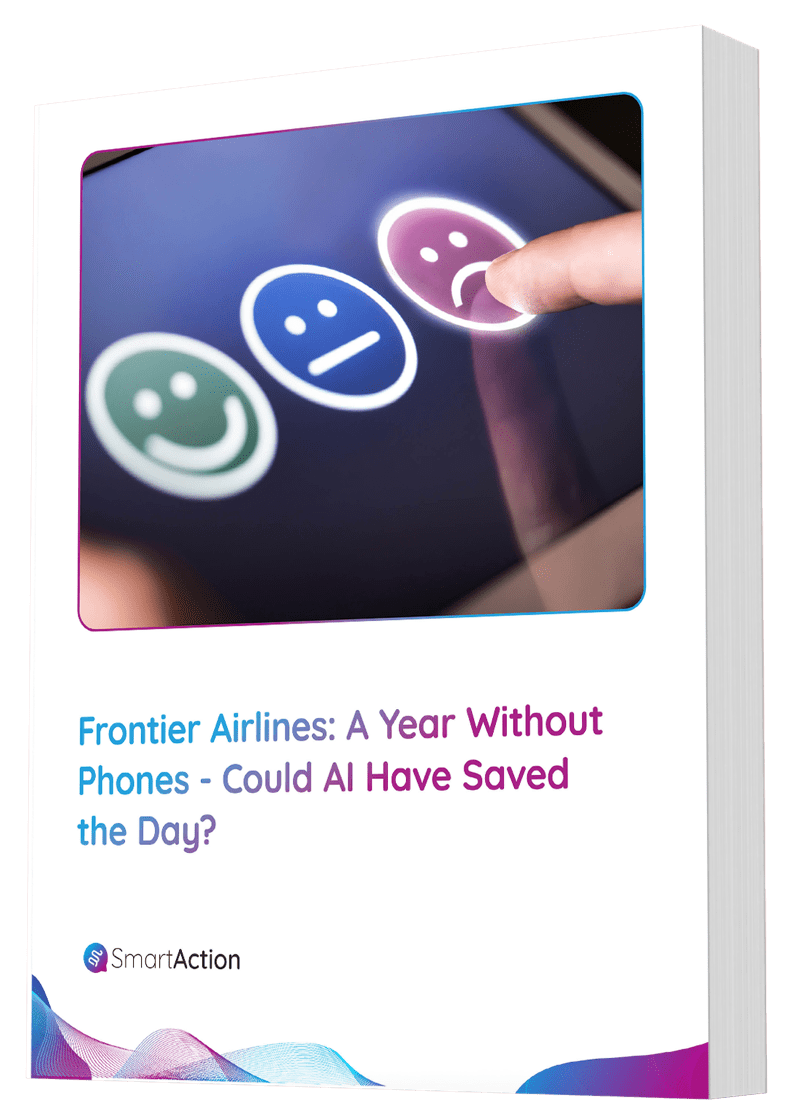Natural Language vs. Directed Dialogue
There’s no way around it- there is a universal dislike of old-fashioned IVRs. In fact, it’s common for customers to feel irritated the moment they realize they are speaking to a machine rather than a human agent. But in reality, their frustration shouldn’t be directed at the machine itself, but at the stilted nature of directed dialogue conversations.
Directed dialogue, commonly used in traditional speech IVRs, consists of the caller going through a series of yes/no type questions with extremely limited responses. We’re all familiar with this type of call: “You can say, ‘billing,’ ‘more options,’…” Anything outside the scope of the IVR’s understood responses can easily confuse the system and end up in a longer and more stressful experience, often ending unsuccessfully. This is bad for all parties involved; the user has a negative experience and the company using the IVR has an unsatisfied customer who will likely need to be transferred to a live agent, which results in higher business costs.
Thankfully, IVRs are making the transition to 100% natural language systems, which allow the IVR to both recognize and interpret speech. In contrast to directed dialogue, natural language has a much wider range of comprehension. This goes beyond understanding the vernacular for yes/no, but can comprehend entire examples, for example:

In this sample conversation, you’ll notice a few distinct differences:
1. The automated system starts off by asking a fairly open-ended question.
2. The customer answers by giving a day relative to the present (“this Friday”).
3. The customer also uses an inexact format for the time (“afternoon”).
4. Next, the system asks a yes/no question and the caller proposes a revision.
5. At the end, the system provides a presumptive close as the requested specific
time is available and has been confirmed!
Using natural language, the system is able to successfully complete calls that would otherwise either end with the user hanging up frustrated, or having to be transferred to a live agent. Natural language capabilities help to ensure a consistently enjoyable experience for the customer. They also benefit the business because customer service scores can still remain high while the reliance on live agents goes down, thereby also reducing costs.






